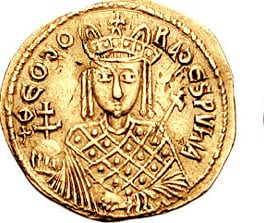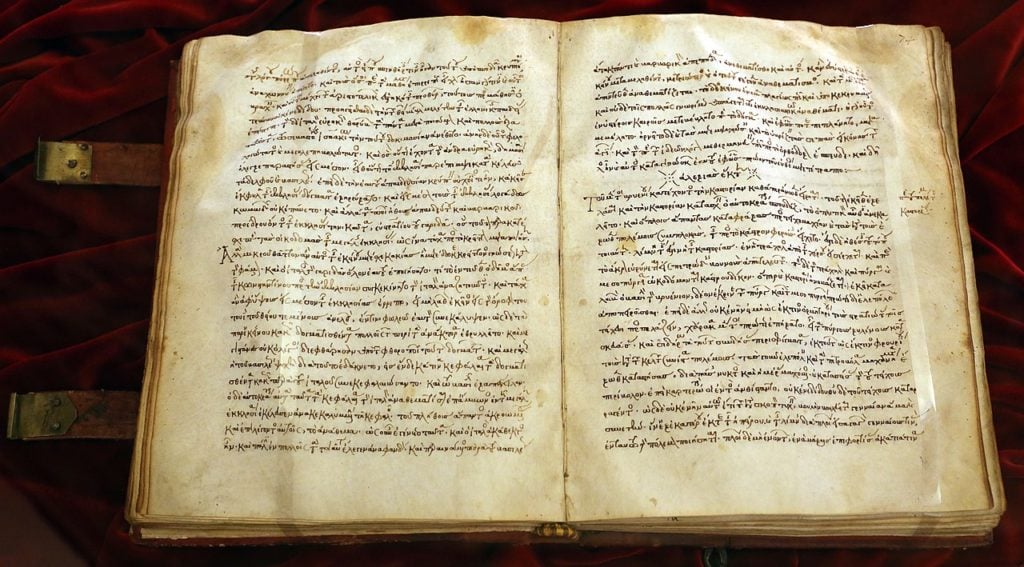Table of Contents

Gals in Greek historical past have persevered, secured, challenged and led in quite a few realms about the centuries. On the bicentennial of the Greek War of Independence, the Consulate Common of Greece in Boston and the Boston Lykeion Ellinidon offered a panel discussion spotlighting females changemakers in Greek heritage to the current day.
The celebration, titled “Changemakers: Greek Girls from 1821 to 2021,” featured Dr. Ioli Kalavrezou, the Dumbarton Oaks Professor of Byzantine Art Heritage, Harvard University.
Dr. Eurydice Georganteli, a Lecturer in Artwork History and Numismatics at Harvard University, moderated the discussion. These internationally-regarded women from Boston’s academic, scientific and business enterprise local community have also remaining their mark on modern society, as noted by the host, Greece’s Consul Common to the United States in Boston, Stratos Efthymiou.

Each woman contributed their unique perspective on the multifaceted, but often underemphasized, part of women of all ages in Greek general public life throughout background.
Georganteli noted that the roles of gals during Greece’s prolonged historical past have provided innovators, masters of spiritual diplomacy, disruptors, students, benefactors, and business owners.
Kalavrezou, a professor of Byzantine Artwork at Harvard senior study fellow at Dumbarton Oaks, is a prolific scholar and mentor, publishing on early Byzantine art and product culture.

Among the her areas of abilities involve the relationship concerning church and state, the cult of the virgin Mary and the women of Byzantium. She created the reserve and accompanying show titled “Byzantine Gals and their World” in 2002, which still serves just about 20 a long time later on as a major reference position in the research of Byzantine gals.
The professor stated that during the Greek Center Ages, women experienced a dynamic presence in modern society that resurfaced later on in the formation of the Greek state — outlasting the a long time of the Ottoman occupation.
Of the identifiable females we know of right now from that period, she mentioned, all those whose names we know from that culture, which lasted extra than just one thousand many years, were only from the aristocracy.
Empress Theodora, c. 500 — June 28, 548
The only cause that we know their identities at all, Kalavrezou states, is a result of their strange positions in modern society, their habits, or political predicaments that essential their presence. Most famous among these women was of study course Empress Theodora, c. 500 – June 28, 548 who reigned around the Byzantine Empire with Emperor Justinian. In one surviving mosaic, she is pictured keeping a globe — which provides “an remarkable scenario,” according to Kalavrezou, as it states plainly that this lady was exceptionally strong.
Another Theodora, who lived in the ninth century, also made her lasting mark on Byzantine modern society — and on Christianity alone — as she was instrumental in the defeat of the Iconoclasts, people today who thought any inventive representations of Christ or God in any sort had been idolatrous.
Calling her a “rather courageous determine,” the professor said she practically one-handedly put an end to iconoclasm and reintroduced paintings and mosaics in churches just after lots of of them experienced been destroyed in excess of quite a few generations of iconoclastic infighting.
Theodora, consort of Emperor Theophilos, 815 — 867
Theodora, who lived from 815 and died someday immediately after 867, was the partner of the Byzantine emperor Theophilos, and regent of her son, Michael III, from Theophilos’ death in 842 to 855. For her restoration of the veneration of icons, which ended the Byzantine Iconoclasm, she is honored as a saint in the Japanese Orthodox Church her Feast Day is February 11. A number of churches maintain her as their patron saint.
Theodora is claimed to have intervened to help you save Lazarus Zographos from even more torture underneath her husband. No matter if their opposing religious beliefs strained their romantic relationship is unclear, according to historians.
Surprisingly there is even a prepared record of this astounding woman’s grandmother’s life, in the kind of an illustrated chronicle called “Theoktisti,” which demonstrates her introducing — secretly — the veneration of icons to her granddaughters, who experienced developed up in an period of Iconoclasm.
“Here we have a report of a few women of all ages, 3 generations who, respecting custom, played a most vital position in its religious and ceremonial rites of Orthodoxy. These had been issues of basic relevance for the ages,” Kalavrezou states.
This Theodora was even depicted on gold coins, which endure to this working day, just one of which demonstrates her, her spouse Theophilus and her children altogether, revering an icon that is held by a priest.
Anna Komnenos, author of the “Alexiade”
An additional well-known and amazingly attained female in Greek background was the daughter of Alexis Komnenos, who in the twelfth century wrote a historic biographical text relating the many accomplishments of father named The “Alexiade.” This groundbreaking operate, composed by a girl, is still extant.
Kalavrezou states that the do the job is “unique from a woman writer,” even though some girls even at that time did discover to examine in the Byzantine earth.
The account of the reign of her father, the Byzantine emperor, Alexios I Komnenos, resides today in the Laurenziana Library in Florence, Italy. The Alexiad is the most vital key source of Byzantine record of the late 11th and early 12th hundreds of years.
Although she is ideal identified as the creator of the Alexiad, Anna played an critical element in the politics of the time and attempted to depose her brother, John II Komnenos, as emperor and seize the throne herself.
Subsequent her father’s loss of life in 1118, Anna and her mother attempted to usurp John II Komnenos even so, her spouse refused to cooperate with them, and the usurpation failed. As a outcome, John exiled Anna to the Kecharitomene Monastery, the place she spent the relaxation of her daily life. But whilst she was confined there, she focused her lifetime to the crafting of the Alexiad.
Kassiane, writer of the “Hymn of Kassiane”
Kassiane, a contemporary of the Theodora who finished the 12 months of iconoclasm, experienced items that were being so staggering that despite all the limitations on women’s life at that time, even turned a well-known composer and hymnographer because of to her wonderful talents in those areas.
Nonetheless, Kalavrezou states that “few texts explain life of normal gals in those people situations in Byzantium. We consider what we can from the materials and visual evidence from what we have still left.
“Artifacts,” she states, “comprise impartial data of an historic actuality. Garments, jewelry, household furnishings, implements, give us a sense of their individuality — which of system is pretty incomplete. From present representations, we can glean a tiny of the actions and responsibilities of females in people days,” she claims.
Regular girls in Byzantium “handed down lifestyle, preserved civilization”
A woman’s major accountability was the property. Following courting and marriage, relationship was deemed a partnership, though she was solely liable for boosting the children. Her dowry normally remained her house — not like in the West, wherever woman’s dowry would come to be the husband’s house on marriage.
As a assets proprietor, she had an vital posture in the family, Kalavrytou states. In yet another big difference to Western society at that time – and lengthy afterward — divorce was even permitted if there was adultery, abuse or if the partner experienced been taken captive by an enemy and had not returned following a few many years. In that circumstance, or if she was widowed, she would have a appropriate to maintain her dowry.
Girls have been not confined to the household – as they typically have been in the course of the a long time of Ottoman profession in Greece a great deal afterwards. They routinely still left the household and could operate as tailors, as well as spinning, weaving, promoting textiles which include curtains and blankets.
There had been even, the professor suggests, evidence of guild-like establishments in the eleventh century of women who labored in textiles, like the girls who labored in the popular workshops of Thebes. Nurses and midwives were also widespread professions as perfectly as innkeepers or sellers of solutions in markets, as effectively as agricultural employees.
There are paintings of Byzantine gals harvesting grain and grapes in the eleventh century. They could also perform as employed dancers for festivities and parades. Dancing was an integral part of courtroom festivities and the once-a-year Panegiri and other festivals.
In conclusion, the professor mentioned, the passing on of traditions was one of the most crucial roles of ladies in the byzantine globe. Their independence inside that world pointed to the robust job females occupied in people moments.
Ladies fostered understanding, beliefs and customs, and handed them from generation to era, enabling the Byzantine custom to survive, she stated, “maintaining civilization down to the sturdy, intelligent persons that we realize today” in the Greek globe.

